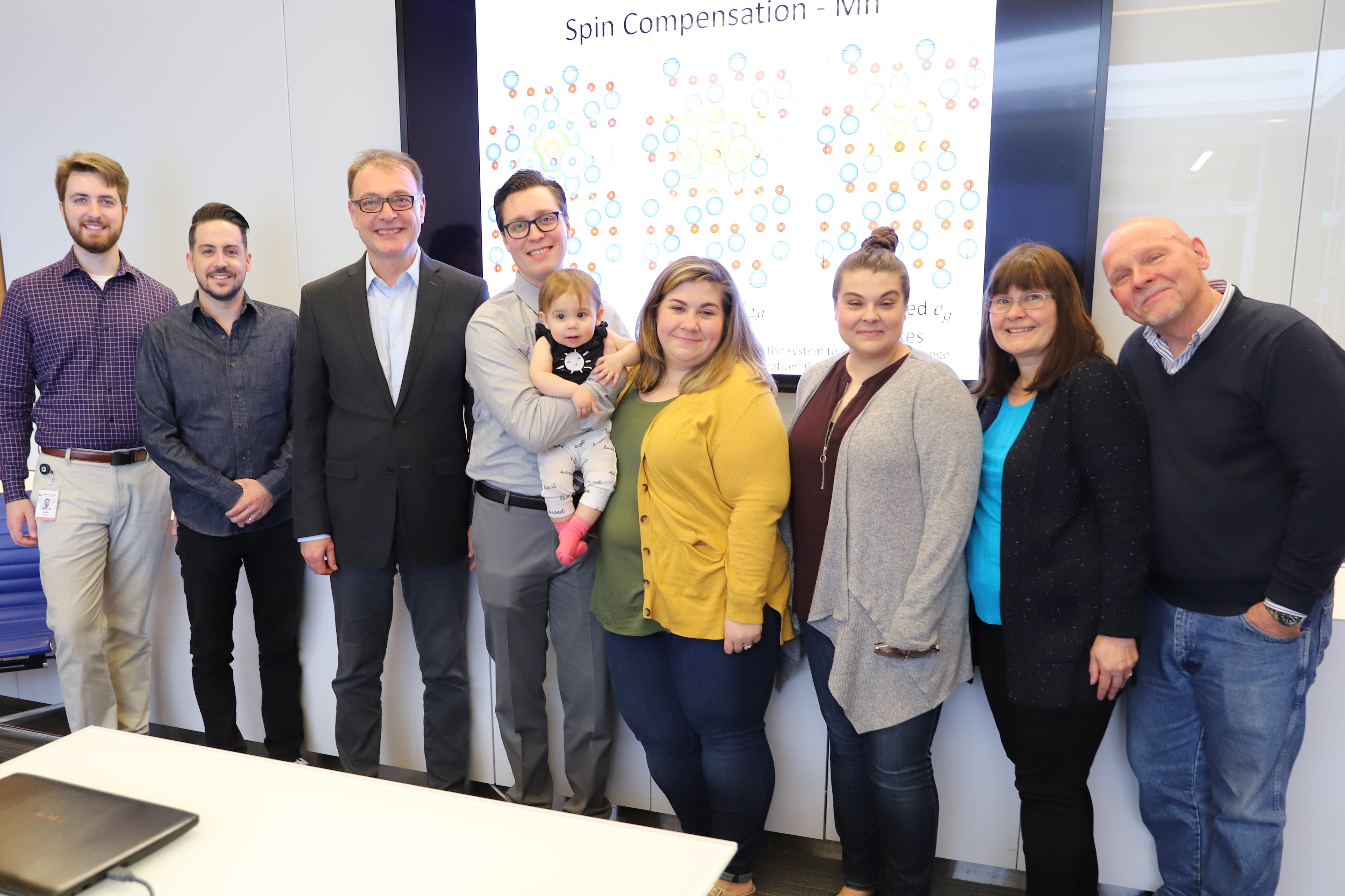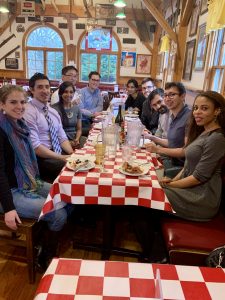Serzat Safaltin, Taraduttt Pattnaik and Devesh Kale have successfully passed their PhD proposal defenses and are now officially PhD candidates. Congratulations to all!
dissertation
Congratulations to Cassidy Atkinson
Erik Defended His Dissertation
Tulsi Patel Defends PhD Thesis!
Tulsi defended her dissertation on “Hybrid Additive Manufacturing of Ferroelectric Oxides and Aerospace Alloys” last Tuesday, November 20th, 2018. Her work involved integrating functionality into metallic structural components using additive manufacturing. She will begin an NRC Research Associateship at the Air Force Research Laboratory early 2019, researching new ceramic matrix composite systems for high-temperature aerospace applications.


